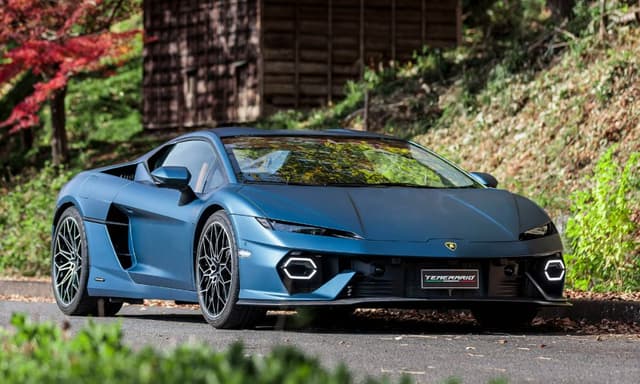How Powerful Are Formula One Car Engines
Highlights
- F1 cars use a four stroked turbocharged 1.6-litre V6 engine
- They spin at 15000 to 22000 rpm, whereas normal cars spin at 6000 RMPs
- Among the F1 engine providers, Mercedes generates the maximum horsepower
These days technology is everywhere, but formula one racing cars rule the automobile world when it comes to cutting-edge technology in the areas of speed and power. Racing enthusiasts love to watch these lightning-fast cars running on the racing track every year. With beast like engines capable of producing up to 1000 horsepower, they are the fastest cars in the world.

Photo Credit: unsplash.com
Components of an F1 Power Unit:
The six major components that comprise an F1 power unit are:
-
Internal Combustion Engine (ICE)
-
Turbocharger (TC)
-
Motor Generator Units - MGU-K (Kinetic)
-
Motor Generator Units - MGU-H (Heat)
-
Energy Store (ES)
-
Control Electronics (CE)

Photo Credit: unsplash.com
Best Way to Measure the Power of F1 Engine:
F1 engines are ever-changing, and the teams spend millions of dollars on improving them every year to give the best performance on the track. Do you know what the best way to estimate the power of an engine is? The answer is horsepower.
If we put it in simple terms, power produced by an engine is called horsepower. Speed and horsepower are closely related. The higher the horsepower of an automobile, is more is the speed. In 2021, it was estimated that the engines would have about 1050 horsepower.
The total power of an F1 power unit is measured by calculating power in the engine and ERS. The energy recovery system recovers the kinetic energy and converts the waste energy to electrical energy.

Photo Credit: pexels.com
Evolution of Power with F1 Engines:
F1 engines have been developed, and craftsmanship has improved over the years, leading to more refined and fast cars in the racing community.
In the 1947–1953 era, 4.5 L atmospheric and 1.5 L supercharged engines with 425 horsepower were popular. During 1954–1960, the engine was a 2.5 L capacity, and a power range of only 290 horsepower was prevalent. In 1961–1965, a 1.5 L engine was introduced, and it had more power than the previous ones. In 2014–2021, the engine was replaced from 2.4 L V8 to 1.6 L V6. To date, the maximum horsepower achieved is 1050. The engines continue to change with time, and in the future, there are likely to be even faster cars.
Most Powerful Engine Ever:
The BMW M12/13 was the most powerful engine of 1968. It was a 1.5-litre inline four-cylinder turbocharged engine that produced approximately 1350 to 1400 horsepower. Although the other engines weren't much behind, BMW M12/13 was a monster with the most power.
